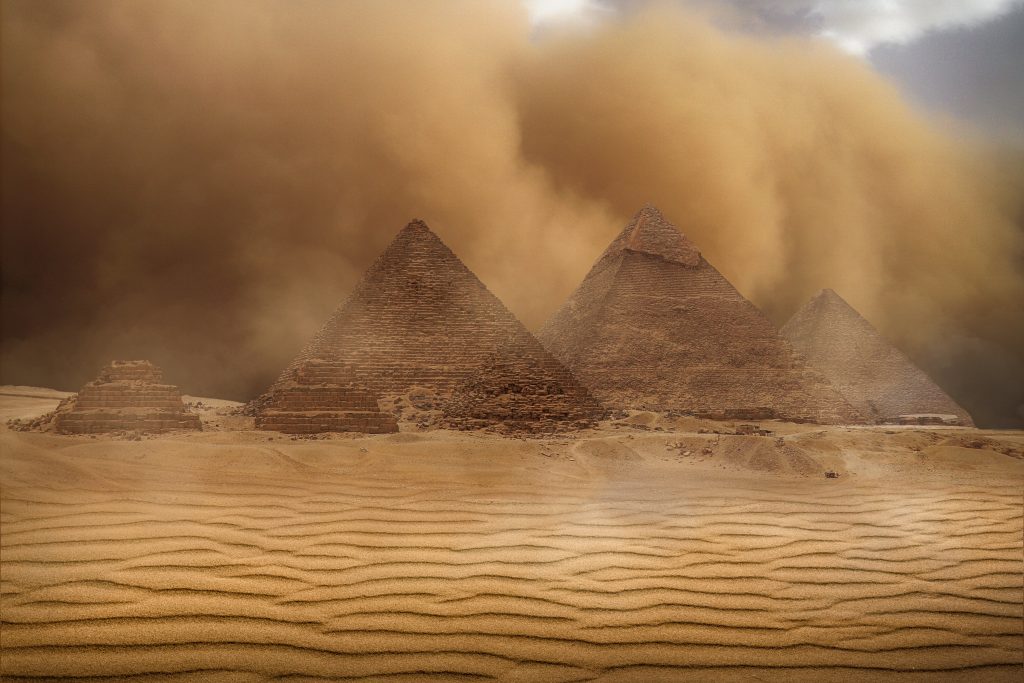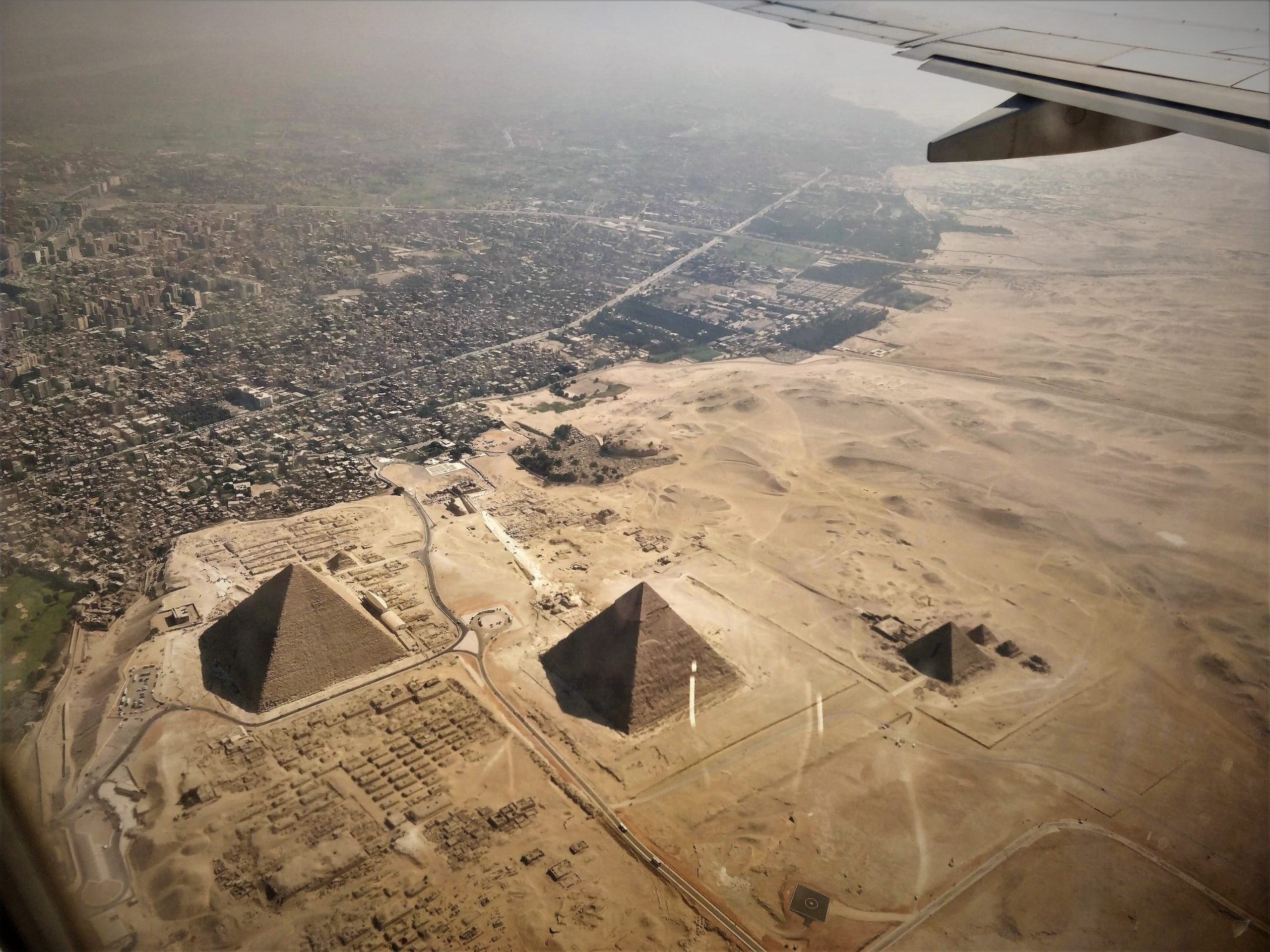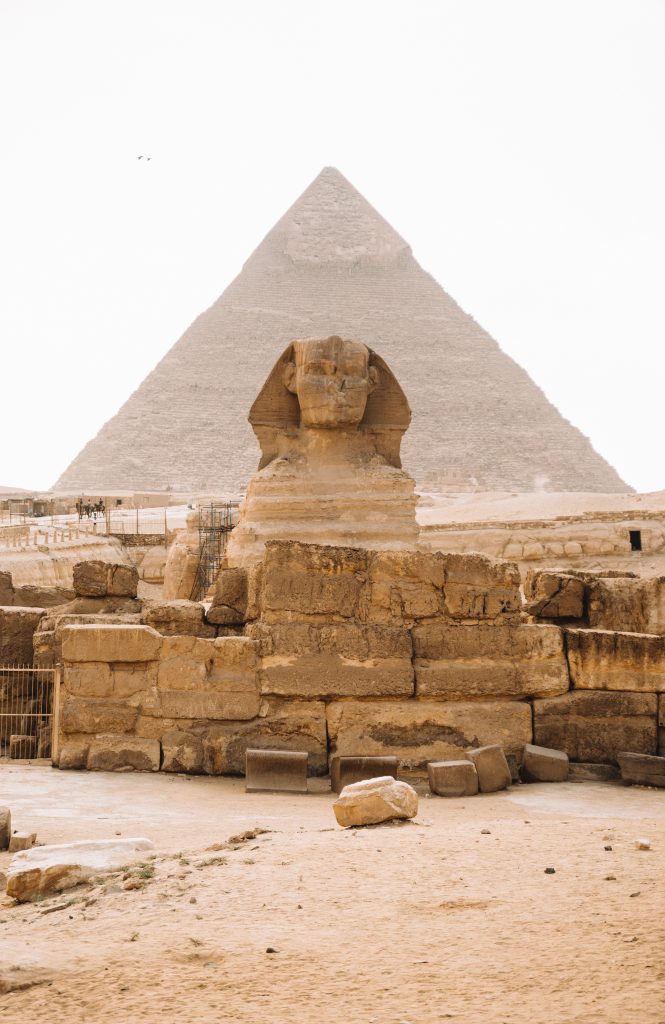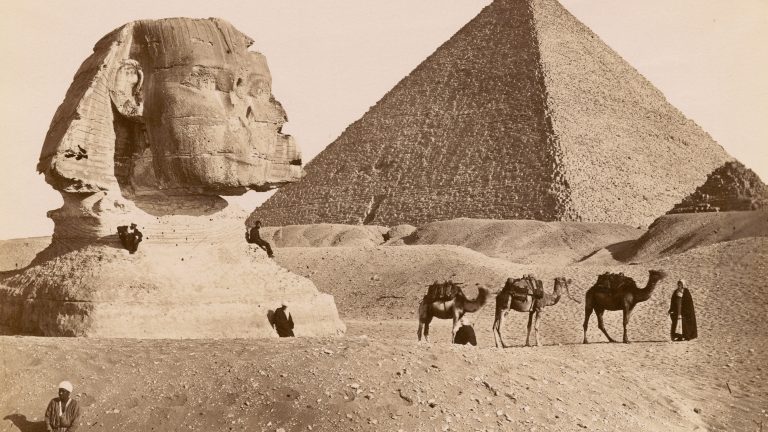The pyramids of Egypt, towering monuments that have withstood the sands of time, stand as iconic symbols of ancient civilization. These colossal structures, primarily located on the Giza Plateau, have captivated the imagination of people worldwide for centuries, serving as enigmatic marvels that continue to inspire awe and fascination.

Constructed during the Old Kingdom period of ancient Egypt, the pyramids are synonymous with the grandeur and architectural prowess of this ancient civilization. The most renowned among them are the Great Pyramid of Giza, attributed to Pharaoh Khufu, along with the Pyramids of Khafre and Menkaure. These mammoth structures were not merely tombs for pharaohs but were designed as eternal resting places that reflected the pharaonic belief in an afterlife. One of the most intriguing aspects of the Egyptian pyramids is their precise alignment with cardinal points, showcasing an advanced understanding of astronomy and mathematics by ancient architects. The Great Pyramid, in particular, is a marvel of engineering precision, with each side aligned almost perfectly with the four cardinal directions. Theories about the methods used for construction, ranging from advanced engineering techniques to extraterrestrial involvement, have fueled debates and added an air of mystery to these architectural wonders.

The pyramids also serve as a testament to the spiritual and religious beliefs of ancient Egyptians. The intricate hieroglyphs adorning the walls of burial chambers, coupled with elaborate burial rituals and the inclusion of various artifacts, reflect the cultural significance placed on the journey to the afterlife. The Giza Plateau, with its alignment to the three prominent pyramids, has been linked to the Egyptian creation myth, emphasizing the interconnectedness of life and death in the ancient worldview. Beyond their spiritual and astronomical significance, the pyramids have played a crucial role in shaping the identity of Egypt and its tourism industry. Visitors from around the globe flock to witness these architectural marvels, standing in awe of the colossal stones meticulously arranged to form these monumental structures. The Sphinx, a colossal statue with the head of a pharaoh and the body of a lion, guarding the pyramids, adds to the mystique of the Giza Plateau.

In conclusion, the Egyptian pyramids remain enduring symbols of the ancient world’s ingenuity and cultural richness. These architectural wonders have not only withstood the test of time but continue to beckon explorers, historians, and tourists alike to unravel their mysteries. The pyramids are not just silent witnesses to the passage of centuries; they are immortal guardians of Egypt’s ancient legacy, inviting us to ponder the marvels of human achievement and the enigma of the ancient Egyptian civilization.
Written by Kamila Krzyzaniak
Images Unsplash








